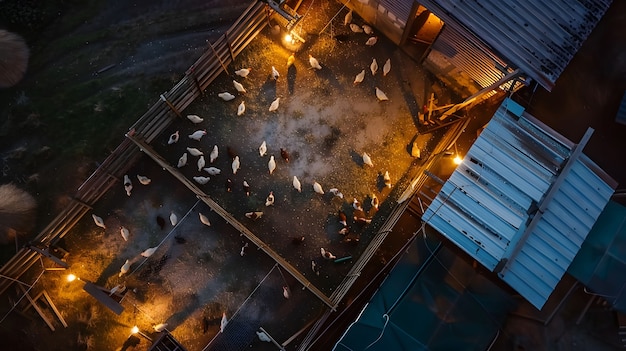
### Happy Monday!
Let’s dive into the numbers when it comes to raising chickens. We’ve had our hens for four months now, though it’s still early to predict how well the next generation will do. Here’s a breakdown of what we know so far, and we’ll probably have an update in a few months.
#### STARTING COSTS
We kicked things off by purchasing 10 hens and a rooster, averaging around $12 each, totaling $132. We then converted our small thatched beach hut into a suitable hen cage, using wire, more palm leaves for the leaky roof, and some construction blocks to set up nests, which cost us $150. Additionally, our handyman and another worker helped out for half a day, adding another $18 to our tab. So, our total startup cost came to $300.
You could also opt to buy chicks for less than $1 each, but there’s no guarantee they’ll survive to adulthood. Plus, they won’t start laying eggs for several months, during which time they’ll just be eating. We preferred getting hens close to laying age; one did unfortunately get eaten by an animal.
#### ONGOING COSTS
The main recurring expense is food. We spend just under $30 on a 100lb bag of vitamin-enriched corn each month, though a few other birds like turkeys, ducks, and geese share this. For just the hens, the cost is about $25 per month. They also eat various scraps and bugs, the latter being sparse during the current dry season.
Shots haven’t been necessary for us since our hens aren’t exposed to neighboring animals, but this might be a requirement in more rural areas.
#### RETURN ON INVESTMENT
After four months, we’re collecting an average of six eggs per day. When a hen is hatching, she won’t lay her usual daily egg, and some hens lay every other day. Eggs from a caged hen cost $0.17 each, while free-range eggs go for $0.20. If we only focused on selling eggs, we could potentially earn $36 per month, or $11 after food costs. This would translate to a yearly profit of $132, offering a 44% return on our $300 initial investment.
However, we’re more focused on chicken meat. We consume two eggs each for breakfast, leaving two per day for reproduction. It’s tricky to know if an egg is fertilized until a hen hatches them, which takes 21 days for 15-18 eggs. If the eggs don’t hatch in time, they go bad, sometimes leaving us with spoiled eggs. Either the hot weather or our poor tracking might be to blame. Our hatching success rate has been lower than expected, yielding 7, 5, and 5 chicks respectively from three batches, with some casualties largely due to animals or accidents.
If chicks survive past four to six months, they can be eaten. The added food costs for chicks are minimal. Currently, we have 13 chicks worth $2 each now and potentially $7.50 each at six months or $12 at a year. We also get daily eggs for meals and baking, valued at $104 over four months.
So far, we’ve made $130 in eggs and spent $100 on food, leaving us with a $30 profit, or 10% of our initial investment (30% annually). If the 13 chickens make it to six months without more births or deaths, we’d have:
– 13 chicks worth $7.50 each: $97.50
– 130 eggs/month for consumption: $156
This would amount to $253.50 in value, with $150 spent on food, leading to a $103.50 profit, which is a 34.5% return on our $300 investment (69% annually).
The numbers look much better when raising chickens for meat, although that means we’d need to butcher them, something we haven’t done yet. We currently manage by having fried chicken once a week from the supermarket while waiting for ours to grow.
#### TIME TO OPEN A CHICKEN EMPIRE?
Not really. While raising chickens is enjoyable, it’s a small-scale operation. My profit over six months is just $100 with 10 adult animals. To afford a $200/month handyman, I’d need around 120 animals, which wouldn’t fit in our beach hut. Building more nests and acquiring more land would be costly. Even though raising chickens for income can be lucrative on a large scale, like BF’s father who had hundreds of thousands of birds, it seems more practical as a household hobby for us.
Health regulations would be strict if selling eggs locally, and my fear of selling bad eggs or making someone sick is real. For now, our production size is ideal; we don’t have to sell and it just cuts down our grocery bill. A larger operation would involve additional costs and complications, impacting profitability.
#### DO YOU HAVE CHICKENS? EVER THOUGHT ABOUT IT?
This post was featured in the Carnival of Wealth and Norwegian Girl. Thank you!
